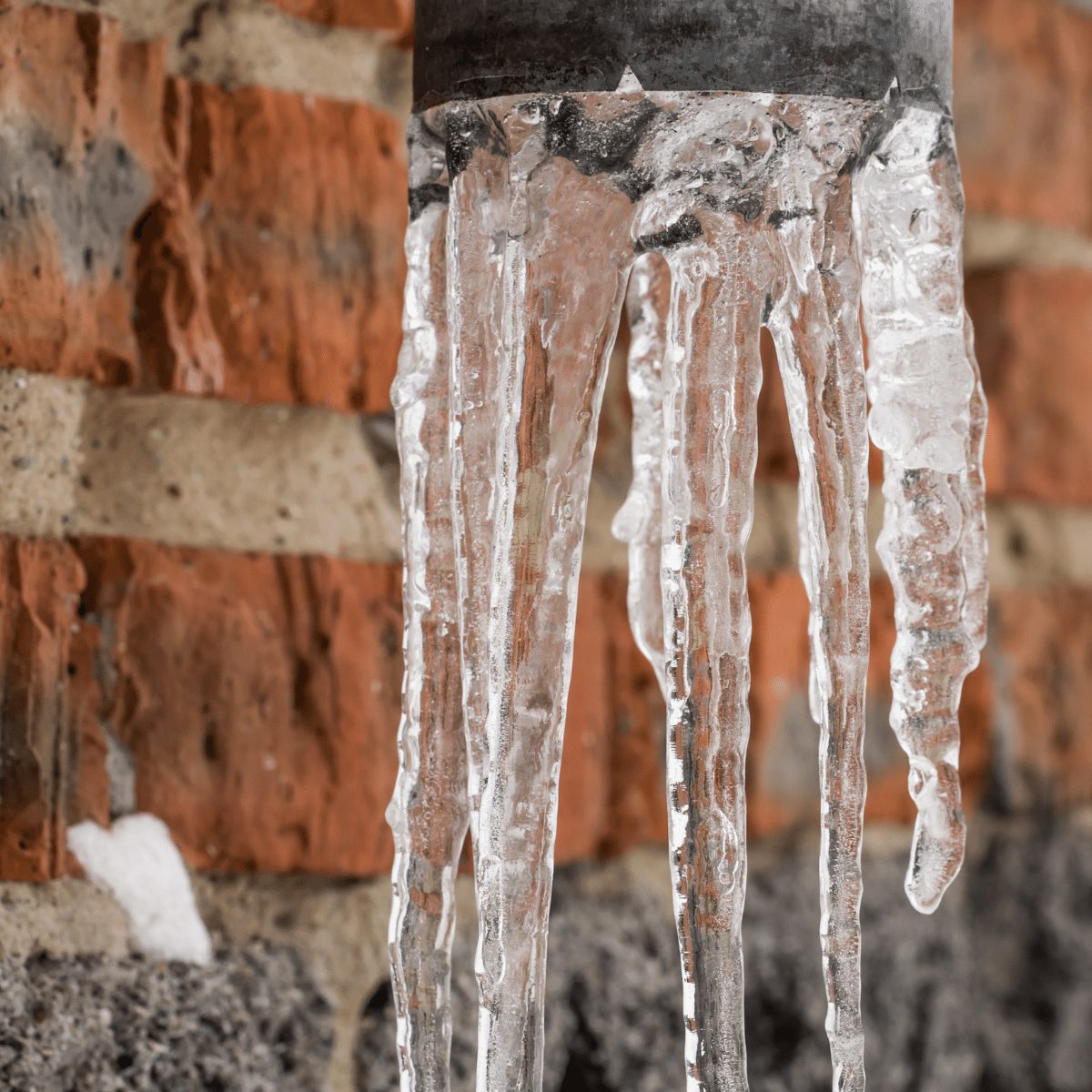How to Protect Your Pipes from Cold Weather Issues: Essential Advice
How to Protect Your Pipes from Cold Weather Issues: Essential Advice
Blog Article
Almost everyone has got their unique notions when it comes to Preventing and dealing with frozen pipes.

Winter can damage your plumbing, specifically by freezing pipes. Here's exactly how to prevent it from taking place and what to do if it does.
Introduction
As temperature levels drop, the danger of frozen pipes rises, possibly causing pricey repair work and water damages. Understanding exactly how to stop frozen pipes is vital for homeowners in cool environments.
Comprehending Frozen Pipes
What causes pipelines to ice up?
Pipes ice up when revealed to temperature levels listed below 32 ° F (0 ° C) for expanded periods. As water inside the pipelines freezes, it broadens, taxing the pipe wall surfaces and possibly causing them to rupture.
Threats and damages
Icy pipelines can lead to water system disturbances, residential property damages, and costly repair services. Burst pipelines can flood homes and create comprehensive architectural damage.
Indicators of Frozen Pipes
Recognizing icy pipes early can prevent them from rupturing.
How to recognize frozen pipelines
Seek reduced water flow from faucets, uncommon odors or sounds from pipes, and visible frost on revealed pipes.
Avoidance Tips
Shielding vulnerable pipelines
Cover pipes in insulation sleeves or utilize warmth tape to protect them from freezing temperatures. Concentrate on pipelines in unheated or exterior locations of the home.
Home heating techniques
Keep interior areas properly heated up, particularly locations with pipes. Open up closet doors to allow warm air to distribute around pipes under sinks.
Protecting Outdoor Pipes
Yard hose pipes and exterior faucets
Separate and drain yard hose pipes prior to winter. Set up frost-proof faucets or cover outdoor faucets with shielded caps.
What to Do If Your Pipes Freeze
Immediate actions to take
If you presume icy pipes, keep taps open up to relieve pressure as the ice melts. Use a hairdryer or towels soaked in hot water to thaw pipelines slowly.
Long-Term Solutions
Architectural changes
Think about rerouting pipes away from exterior walls or unheated areas. Include additional insulation to attic rooms, cellars, and crawl spaces.
Updating insulation
Purchase high-grade insulation for pipelines, attic rooms, and walls. Appropriate insulation aids maintain constant temperatures and lowers the risk of frozen pipelines.
Verdict
Preventing frozen pipes needs aggressive measures and quick feedbacks. By understanding the causes, signs, and preventive measures, property owners can safeguard their plumbing during cold weather.
6 Proven Ways to Prevent Frozen Pipes and Protect Your Home
Disconnect and Drain Garden Hoses
Before winter arrives, start by disconnecting your garden hoses and draining any remaining water. Close the shut-off valves that supply outdoor hose bibs and leave the outdoor faucet open to allow any residual water to drain. For extra protection, consider using faucet covers throughout the colder months. It’s also important to drain water from any sprinkler supply lines following the manufacturer’s directions.
Insulate Exposed Pipes
Insulating your pipes is an effective way to prevent freezing. Pipe insulation is readily available at home improvement stores and is relatively inexpensive. Pay close attention to pipes in unheated areas such as the attic, basement, crawl spaces, or garage. Apply foam insulation generously to create a buffer against the cold. You can also wrap your pipes in heat tape or thermostat-controlled heat cables for added warmth.
Seal Air Leaks
Inspect your home for any cracks or openings that could let in cold air. Seal any holes around the piping in interior or exterior walls, as well as the sill plates where your home rests on its foundation. Additionally, make sure to keep your garage door closed unless you’re entering or exiting. Leaving it open creates a significant air leak that can lead to frozen pipes.
Allow Warm Air Circulation
During cold snaps, it’s essential to allow warm air to circulate evenly throughout your home. Leave interior doors ajar to promote better airflow. Open kitchen and bathroom cabinets to help distribute heat consistently around the rooms. If you have small children or pets, be sure to remove any household chemicals or potentially harmful cleaners from open cabinets for safety.
Let Faucets Drip
A small trickle of water can make a big difference in preventing ice formation inside your pipes. When temperatures drop significantly, start a drip of water from all faucets served by exposed pipes. This continuous flow helps prevent the water from freezing. Additionally, running a few faucets slightly can relieve pressure inside the pipes, reducing the chances of a rupture if the water inside does freeze.
https://choateshvac.com/6-proven-ways-to-prevent-frozen-pipes-and-protect-your-home/

I hope you enjoyed reading our topic on Prevent Frozen Pipes . Many thanks for spending some time to read our article post. Do you know about another person who is involved in the subject? Why not promote it. I am grateful for being here. Don't forget to come by our website back soon.
Visit The Following Page Report this page